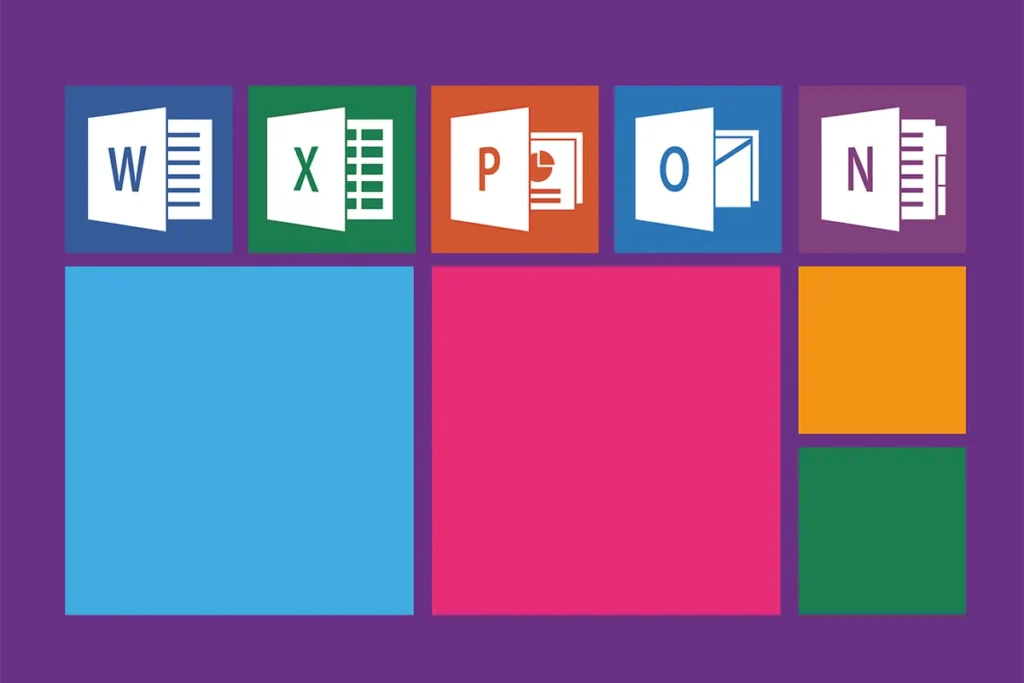A large number of individuals and professionals use Microsoft. The most popular are Outlook for emails and Office 365. They use it daily to send emails, save calendar entries and contacts, and manage important tasks and documents across different devices. People save information on multiple devices while at the office, at home, or while travelling. Therefore, it is important to know how often Outlook syncs with Office 365.
Knowing when Outlook and Office 365 sync information is essential for professionals. They can make well-informed decisions, schedule meetings at the right time, and reply to important emails as soon as they arrive. Secondly, it is also crucial for personal and professional growth as well as productivity. If you are faced with such problems, then you have arrived on the right page. This post will shed light on the different syncing schedules of the new Outlook and Office 365. It will also discuss whether there is any difference between the paid and the basic free version. And provide solutions to make synchronization effective in real-time.
How Outlook Sync Works
Synchronization, or sync, means matching your emails, calendars, contacts, and tasks with your Office 365 account. This process works quietly in the background. The default Outlook sync frequency for Office 365 depends on your data type and account settings.
Emails tend to sync every minute or two. Using desktop Outlook with Exchange or Office 365 allows emails to arrive in real time. This happens because of “push” technology. Push means Outlook gets new messages as soon as they reach the server. For many users, this is why emails appear very fast.

Outlook Sync Frequency for Different Items
Syncing speeds vary across different parts of Outlook. How fast Outlook updates depends on what is syncing:
- Emails: When using Exchange or Office 365, emails sync almost instantly. IMAP or POP accounts may sync emails every 15 minutes or based on user settings.
- Calendar: The Outlook calendar syncs with Office 365, and usually happens within one or two minutes. Shared calendars might take longer to update.
- Contacts and Tasks: These items usually sync every few minutes. Changes appear quickly, but not instantly.
- Shared Mailboxes: Shared mailboxes sync more slowly than personal mailboxes. Server settings and internet speed affect this timing.
Knowing these sync times helps users understand when to expect new information. If you are a professional who sends and receives a lot of emails very frequently, you might be interested in learning what are the key differences between the new Outlook vs. old Outlook here!
Manual vs. Automatic Syncing in Outlook
Outlook can sync automatically or manually. Automatic syncing runs regularly by default, checking for new emails and updates often. Users can also press the “Send/Receive” button to do a manual sync in Outlook 365. This is helpful if automatic syncing seems slow.
Manual syncing comes in handy when fixing syncing problems. Pressing “Send/Receive” makes Outlook check for updates immediately. This refreshes the connection and brings delayed emails or calendar changes faster.
Factors That Affect Sync Frequency
Many factors affect how often Outlook syncs with Office 365. It is not only about settings; devices, internet speed, and Microsoft servers also play roles.
Some reasons syncing might be slow include:
- Internet Speed: Slow or unstable internet makes syncing take longer. Outlook waits for a good connection before syncing.
- Server Load: Microsoft servers can get busy, causing small delays.
- Device Performance: Older or slower computers sync less often because processing data takes longer.
- Power Settings: Using battery saver mode on laptops may cause syncing to happen less often to save power.
- Add-ins or Third-party Software: Some add-ins slow down syncing. Keeping add-ins simple helps avoid delays.
Recognizing these factors helps users solve syncing problems.
Improving Sync Speed in Outlook
Many ways exist to make syncing Outlook secure, faster and smoother. Simple steps improve syncing between Outlook and Office 365.
- Update Outlook: Regular updates fix syncing problems and improve performance.
- Check Account Settings: Using Exchange instead of IMAP or POP speeds up syncing.
- Use Cached Exchange Mode: Saving a copy of the mailbox locally helps sync work faster and offline.
- Avoid Too Many Rules or Filters: Having many email rules slows syncing. Simplify inbox rules for better speed.
- Keep Mailbox Size Small: Large mailboxes slow Outlook. Archiving old emails keeps Outlook running faster.
These actions keep syncing smoothly and in a timely manner.
Using CompanionLink and DejaOffice for Faster Sync
Microsoft tools handle most syncing well. However, some people want more control over their data. Those who want to sync Outlook with phones or local PC databases may choose third-party tools. The CompanionLink for Outlook sync offers syncing of contacts, calendars, tasks, and notes directly with phones or computers.
DejaOffice works alongside CompanionLink for secure offline syncing. It creates a private space on phones to store Outlook data. This suits users who prefer not to use the cloud or need syncing without internet access. Such CRM tools provide extra privacy and speed for syncing.

Troubleshooting Sync Issues
Slow or stopped syncing can be fixed with simple steps. Checking the internet connection is a good start. Restarting Outlook may clear small problems. Confirming correct account settings is important.
Using the “Repair” feature in Outlook account settings helps fix errors. This reconnects Outlook to Office 365 and restores syncing.
If syncing remains slow, reducing mailbox size or removing add-ins can improve speed. CompanionLink also offers syncing outside of normal Microsoft systems. This is helpful when standard syncing does not work well.
Summary of Syncing Timelines
The following table shows typical syncing times for Outlook with Office 365:These times reflect normal syncing. If syncing slows, internet or device issues could be the cause. Applying tips and using tools like CompanionLink can increase syncing speed and reliability.
| Item | Sync Frequency |
| Emails | Instant with push; 1 to 15 minutes otherwise |
| Calendar | One to two minutes |
| Contacts & Tasks | Every few minutes |
| Shared Mailboxes | Varies; usually slower |
Conclusion
Outlook and Office 365 work well together for syncing most of the time. Emails and calendar updates show up quickly. Still, several factors affect how often syncing happens. Internet speed, device power, and account settings all matter.
Applying the advice above will help sync run faster and more smoothly. People seeking extra control or privacy may find CompanionLink and DejaOffice helpful. These tools provide options for quicker, private, and offline syncing.
Understanding syncing helps users stay updated with their emails, calendars, and tasks. When settings and tools work well, data appears in the right place at the right time.